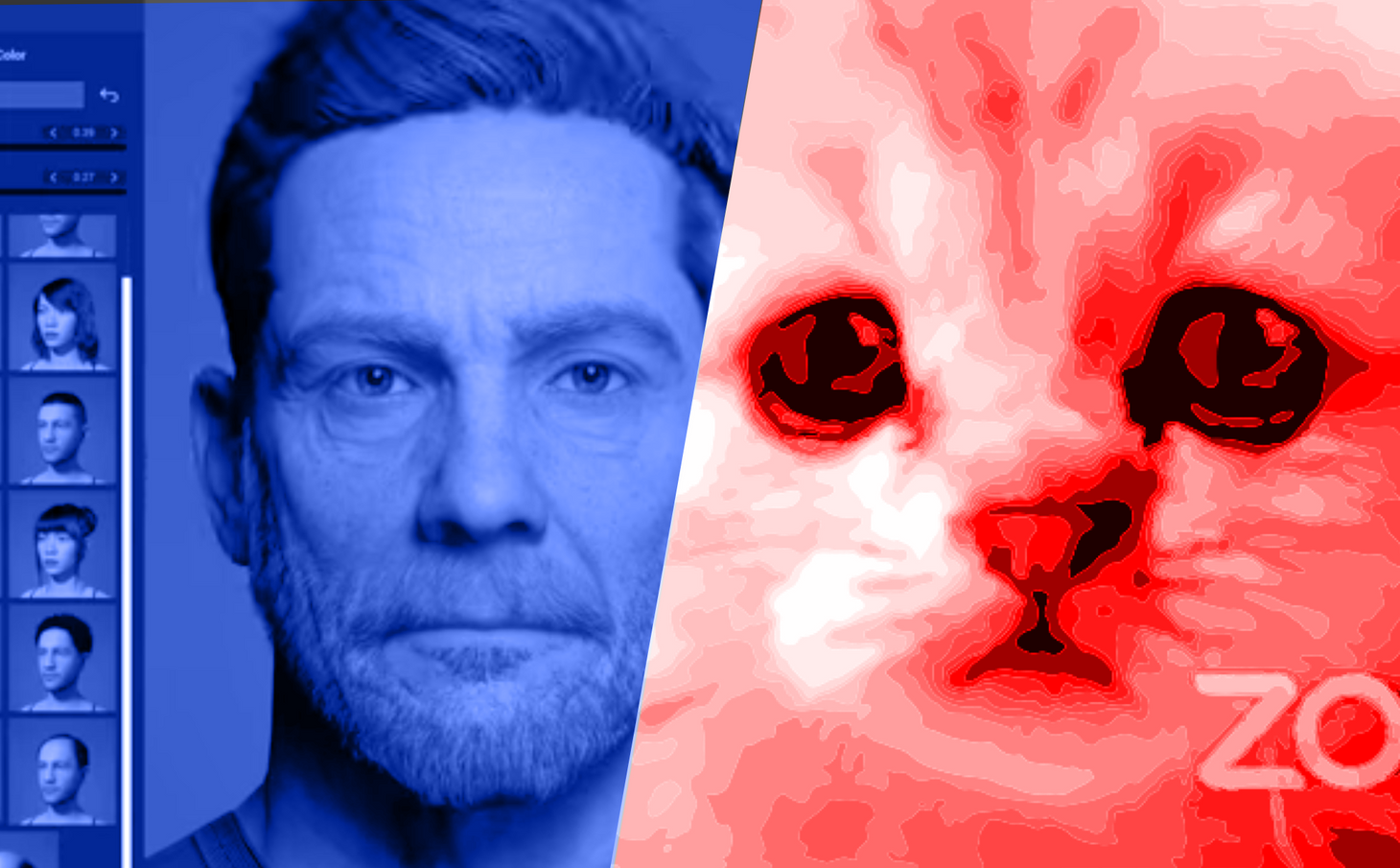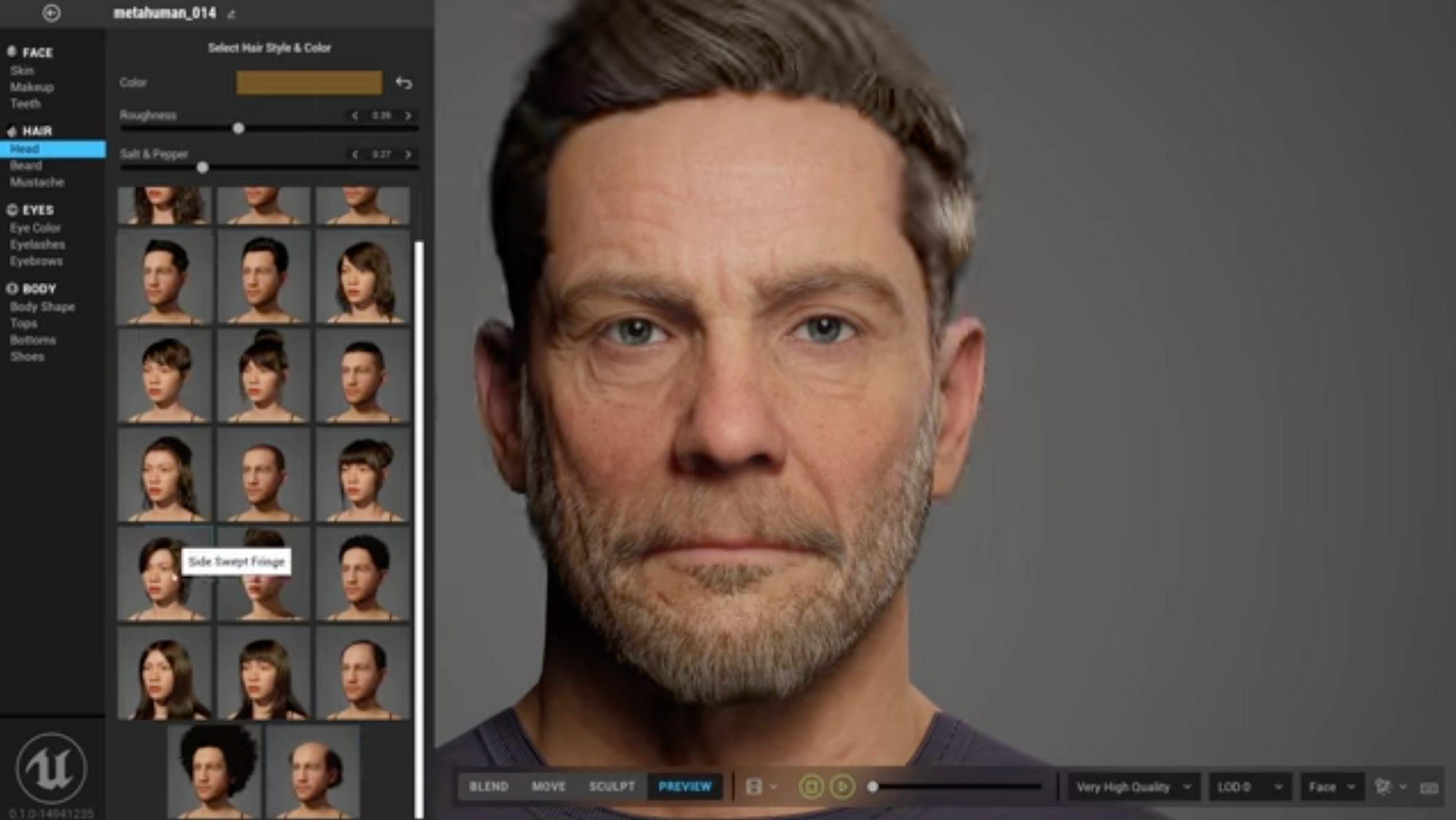The Future of Work is Unreal.
We don't want virtual meetings to feel more real. We want better masks.

It is the golden era of masks. Currently, we are all required to wear one to stay alive. One day, COVID will be history. But the importance and variety of masks will only increase. It will increase because physical walls will lose the power to hold our personalities together; they will lose the capacity to organize our world. Something else will have to replace them.
Let me explain.
In 1966, Edward T. Hall wrote a study of "how man's use of space can affect personal and business relations, cross-cultural interactions, architecture, city planning, and urban renewal."
Drawing on other classic works, Hall observed that we all wear masks — we behave differently with different people in different situations. Our buildings help lighten the load. "Architecture can and does take over this burden for people" by creating spaces designed for specific activities. It's easy to "behave professionally" when you're in a space designed for such behavior. And it is easy to "put your hair down" once you step into the confines of your own home.
Of course, human etiquette and the sanctification of places for specific activities did not begin in the 20th Century. But at the height of the industrial era, the symbiosis between psychological and physical walls reached its peak. Hall explained that many of the things we take for granted about the built world are quite new:
"rooms had no fixed functions in European houses until the eighteenth century. Members of the family had no privacy as we know it today. There were no spaces that were sacred or specialized. Strangers came and went at will, while beds and tables were set up and taken down according to the moods and appetitres of the occupants.... [only] in the eighteenth century, the house altered its form.... the function of a room was indicated by its name — bedroom, living room, dining room. Rooms were arranged to open into a acorridor or hall, like houses into a street. No longer did the occupants pass through one room into another."
The division of cities and buildings into rooms or whole areas dedicated for a specific activity is determined by culture. And culture at the height of the industrial era was built around the division of labor. That division was clear both at home and at work. White-collar workers did white-collar work, and blue-collar workers did theirs. Women performed "traditional" tasks. And kids were restricted to specific activities and interests.
Hall coined the term "fixed-feature spaces" to describe "designs that govern behavior as man moves about on this earth." Long before the internet, he observed that "the fact that so few businessmen have offices in their homes cannot be solely explained on the basis of convention and top management's uneasiness." The reason men avoided working from home was that "many men have two or more distinct personalities," and the separation of office and home helped keep these "often incompatible personalities from conflicting."
Men could leave one mask at home and one mask at the office. The physical division prevented them from accidentally wearing the wrong mask and expressing the wrong personality at the wrong time. Fixed-feature spaces kept people sane or, at least, made the insanity of industrial life tolerable.
But that was a long time ago.
Last week, an attorney named Rod Ponton walked into an important work meeting. Not just a meeting — a district court hearing. The meeting was on zoom and Ponton was wearing the wrong mask. As Daniel Victor relays in the New York Times:
Courts usually don’t let cats argue cases. But here was Rod Ponton, a county attorney in Presidio County, Texas, unable to figure out how to turn off the cat filter on his Zoom call during a hearing on Tuesday in Texas’ 394th Judicial District Court...
“Mr. Ponton, I believe you have a filter turned on in the video settings,” Judge Roy Ferguson, presiding over the case, begins by telling Mr. Ponton in the video.
"Augggh,” an exasperated Mr. Ponton responds, as his kitten face looks forlornly at the corner of the screen, its eyes seeming to be full of terror, shame and sadness.
If you have not seen the video of the hearing, a screenshot is worth a thousand words:

The Ponton-cat incident is so funny because it could have happened to any of us. We spent the past twelve months at home, on Zoom, yearning for a "fixed-feature space." Our friends and relatives, our children's teachers, our colleagues, and their children were all funneled into a single rectangular space — our screen.
COVID or no COVID, this blurring of boundaries will continue. More people will work from home and from places previously reserved for other activities. More offices will be located in formerly-residential areas. Home-like amenities — childcare, nap rooms, showers, gyms — will become standard in office buildings. And more people will work in more fragmented ways, within less hierarchical networks and organizations — "leveraging" their "authentic selves" to create "meaningful experiences" for a living.
We will have too many masks to wear, and we will have to switch between them much faster than before. The old physical divisions of home and office will not be able to protect us, to lighten the psychological load.
But digital solutions will come to our aid. Last week, Unreal Engine, a software company, released MetaHuman Creator, a tool that makes it easy for designers to create "convincing" and "unique digital human[s] of the highest quality, complete with hair and clothing" cheaply and quickly. A screenshot is available below, but I highly recommend watching the short introduction video.

Currently, "digital humans" are mainly of interest to game developers (Unreal is owned by Epic Games, maker of Fortnite and other popular titles). But some companies are already using the technology to create online influencers and "fake people" for marketing campaigns.
There are whole agencies that specialize in developing virtual humans for marketing purposes. But soon enough, it would be cheap and simple enough for anyone to create a virtual human or multiple humans. On the internet, these humans can look, sound, and move around just like the real thing. They can serve as the ultimate mask — allowing us to show a completely different face in different situations and for different purposes.
Many companies are busy trying to make video calls and virtual interactions more realistic. But to stay sane, humanity might need tools that help achieve precisely the opposite effect. We don't want to broadcast a higher-resolution version of our face. We want better masks.
Have a great weekend.
Dror Poleg Newsletter
Join the newsletter to receive the latest updates in your inbox.

